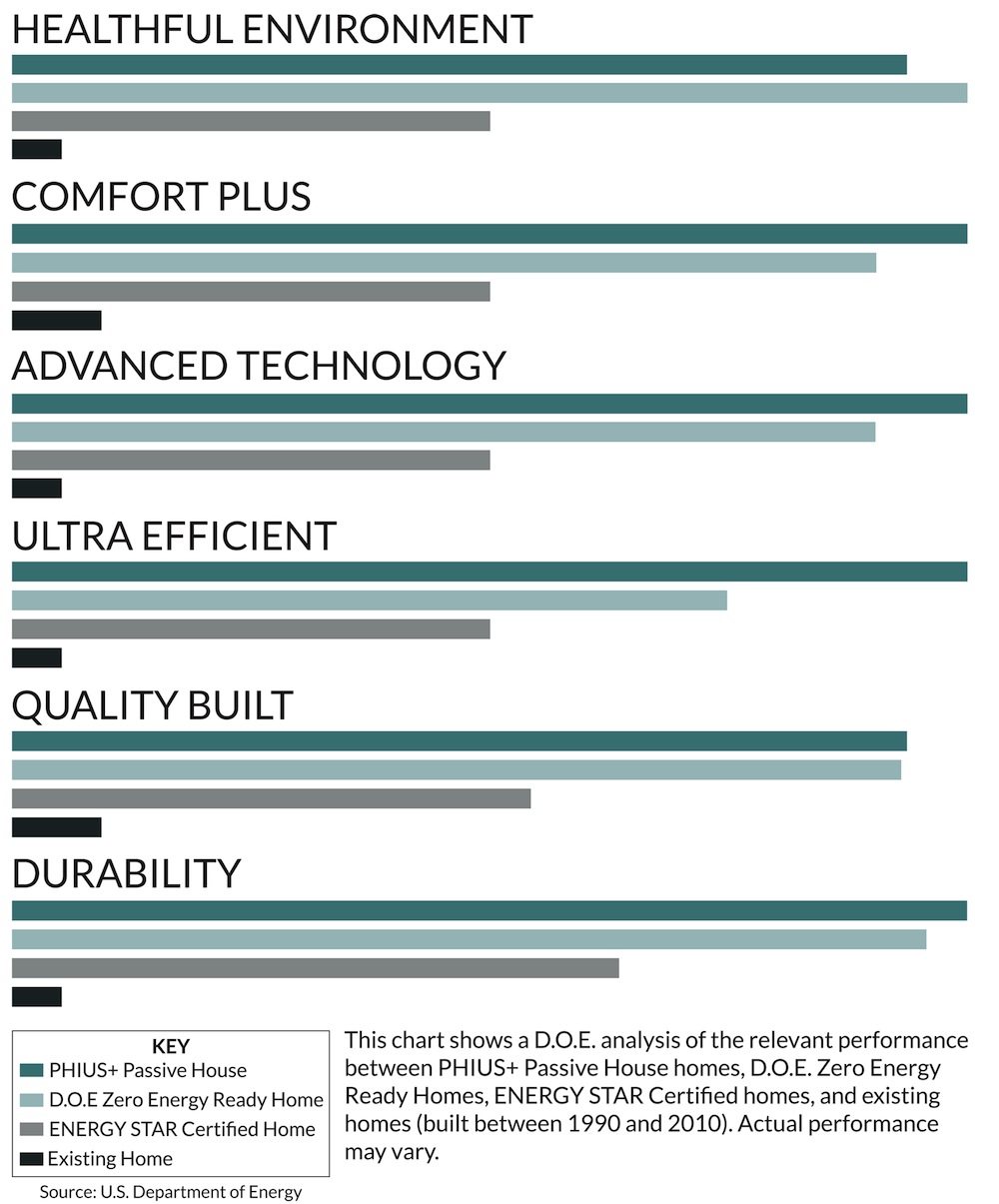This post is the third of three examining net zero energy building. The first two posts, “Is Solar Smart?” and “Performance Matters,” explored the energy generation and energy conservation sides of the net zero equation. This post takes a step back and evaluates how well this approach to building delivers health and happiness.
To geek out is an occupational hazard for the high performance builder. There’s so much cool stuff to chew on, from the building science behind the latest wall assembly detail to the intricacies of the western electrical grid and everything in between. The power that we have to revolutionize building efficiency and reach beyond net zero energy building is exciting.
(Visit our Zero Energy Homes page for more about H&H’s approach, including project examples, videos and articles.)
But one question is more important than all of the technical stuff surrounding net zero energy building: do these buildings increase the health and happiness of occupants?
Because ultimately we want to be in the business of building legacy buildings: buildings that are so high performing that they’re part of the climate solution, that are so durable that they’ll last for generations, and that are so gracious to inhabit that people will care about them for generations. All three of these qualities must be in place for a building to truly be sustainable and leave a lasting legacy.
So, are net zero energy buildings “gracious?”
It depends.
Not if they achieve net zero status by focusing only on onsite generation of energy and ignore building performance. A code-built building that happens to be powered by a bunch of solar panels onsite will be no more comfortable or healthy to inhabit than your run-of-the-mill tract home.
But that case is rare. As the previous “Performance Matters” post explained, most net zero energy projects are up against space limitations that dictate modestly sized solar arrays. So most net zero energy projects have to employ high performance building strategies like Passive House to meet their energy targets.
And that does mean that they are gracious. The US Department of Energy says so…
The chart below was presented last month by Sam Rashkin, Chief Architect at the Building Technologies Offices of the DOE. It compares four different building types across a series of metrics, many focused on health and happiness. The light green bar represents homes built to the DOE Zero Energy Ready Home certification, a green building standard that closely parallels Passive House. The dark green bar shows PHIUS+ certified Passive House projects. The blue bar is for ENERGY STAR® homes. And the gray is for existing homes built between 1990 and 2010.

On all measures, the DOE Zero Energy Ready Homes and PHIUS+ Passive Houses blow the competition out of the water. According to the Department of Energy, this high performance approach to building not only achieves revolutionary energy performance, it also delivers health, comfort, and quality that is far superior to other construction standards, even its own ENERGY STAR certification.
Why? Because Zero Energy Ready Home and Passive House projects combine advanced building science knowledge with field-verified precision: flawless execution of the best high performance designs.
When you’re inside one of these buildings you experience a haven of thermal comfort, solidity, and quiet created by the structure’s airtight, super-insulated construction. But you also enjoy an unparalleled sense of inside-outside connection thanks to a continuous supply of filtered fresh air, natural daylighting, and views to the outside through high performing windows. In human ecology-speak it’s the “protected prospect,” cozy but connected.
Gracious to inhabit, durable, and part of the climate solution – when we harness high performance building to achieve net zero energy we create legacy buildings.
Back to Field Notes